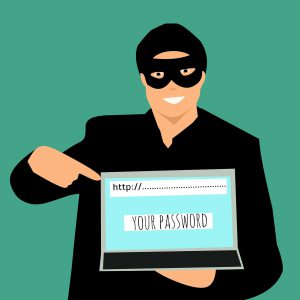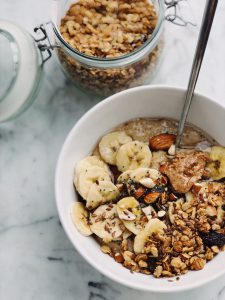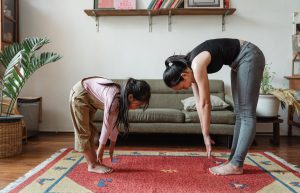Do you think you’ll live to see 100 years old? For some people, living to be a century old seems unlikely. But in some small, isolated communities known as “The Blue Zones”, it’s the norm. In remote areas of Greece, Italy, Japan, Costa Rica, and even in the United States, the average life expectancy greatly exceeds that of the rest of the developed world. These populations are mostly free of heart disease, cancer, diabetes, and obesity. What is their secret?
The Blue Zones

These small pockets of longevity and good health are spread out across the world and have different claims to fame:
- Barbagia region of Sardinia, Italy: A mountainous landscape with the largest concentration of male centenarians in the world.
- Ikaria, Greece: An island in the middle of the Aegean sea, home to the lowest rates of dementia and some of the lowest rates of mid-life mortality.
- Nicoya Peninsula, Costa Rica: A beach jungle with the second highest concentration of male centenarians. It also features the lowest rates of mid-life mortality globally.
- Seventh Day Adventists, around Loma Linda, California: Researchers say that this is not a geographically-based cluster, though the highest concentration of Adventists live together around Loma Linda, and live 10 years longer than the rest of the North American population.
- Okinawa, Japan: Once called “the land of immortals”, women here live longer than anywhere else in the world.
The Blue Zones are geographically, ethnically, and culturally diverse, so what is it that they share that makes their populations so much healthier than the rest of the world? Researcher Dan Buettner claims that it lies in the following nine lifestyle habits.
“The Power 9”

Though it seems unlikely, these 5 groups of people have some things in common. They all:
- Move naturally: These communities live in a way that promotes natural movement, or what some people call “functional fitness”. Because many of them lack modern “amenities” or technology, they are forced to rely on traditional chores, like gardening, chopping wood, and drawing water, as well as walking from place to place.
- Have a sense of purpose: Blue Zones research shows that having a sense of purpose, or a “plan de vida” as they say in Nicoya, Costa Rica, can add up to seven years to your lifespan.
- Know how to de-stress: Each of these communities have their own way of de-stressing: praying, meditating, or even taking a midday siesta. Stress can lead to chronic inflammation and hormonal imbalance, so having a daily ritual to unwind is critical for longevity.
- Follow the 80% rule: “Hara hachi bu” is a mantra from Okinawa, Japan, which reminds them to stop eating when their stomachs are 80% full to prevent bloating and discomfort. Additionally, people in the Blue Zones eat their smallest meal in the early evening, and then don’t eat for the rest of the day.
- Eat plant-based diets: People in the Blue Zones rely primarily on beans for protein, eating meat on average just 5 times a month, and in small servings.

All Blue Zone communities drink alcohol regularly.
- Drink wine: With the exception of the Adventists in California, all Blue Zone communities drink alcohol regularly, and those who consume moderately live longer than those who completely abstain.
- Have Faith: Of the 263 centenarians interviewed, 258 belonged to faith communities. Research shows that regardless of denomination, attending worship regularly can add 4-14 years to your life expectancy.
- Put loved ones first: Centenarians put an emphasis on family. Aging parents and grandparents live together or in close proximity, many have life partners, and they are caring, attentive parents.
- Belong to a community: Those who live the longest surround themselves with positive influences – a community that is uplifting and supports a healthy lifestyle.
These communities are unique, but they’re not unicorns. We can all incorporate more of their ideas into our lifestyles. It’s no coincidence that these people, in different corners of the world, have mastered the art of healthy aging. It’s an enjoyable lifestyle: if all it takes to live to see 100 is being surrounded by a community, keeping your loved ones close, eating healthfully, moving naturally, and relaxing with a drink, you can count me in!
















 love about being them – they’re a great friend, a helpful son or daughter, an amazing artist. They can picture themselves being flooded with warmth and light, or say “may I be well and happy” or “may I be filled with joy”. You can customize the mantra to fit whatever goals you have for your child.
love about being them – they’re a great friend, a helpful son or daughter, an amazing artist. They can picture themselves being flooded with warmth and light, or say “may I be well and happy” or “may I be filled with joy”. You can customize the mantra to fit whatever goals you have for your child.